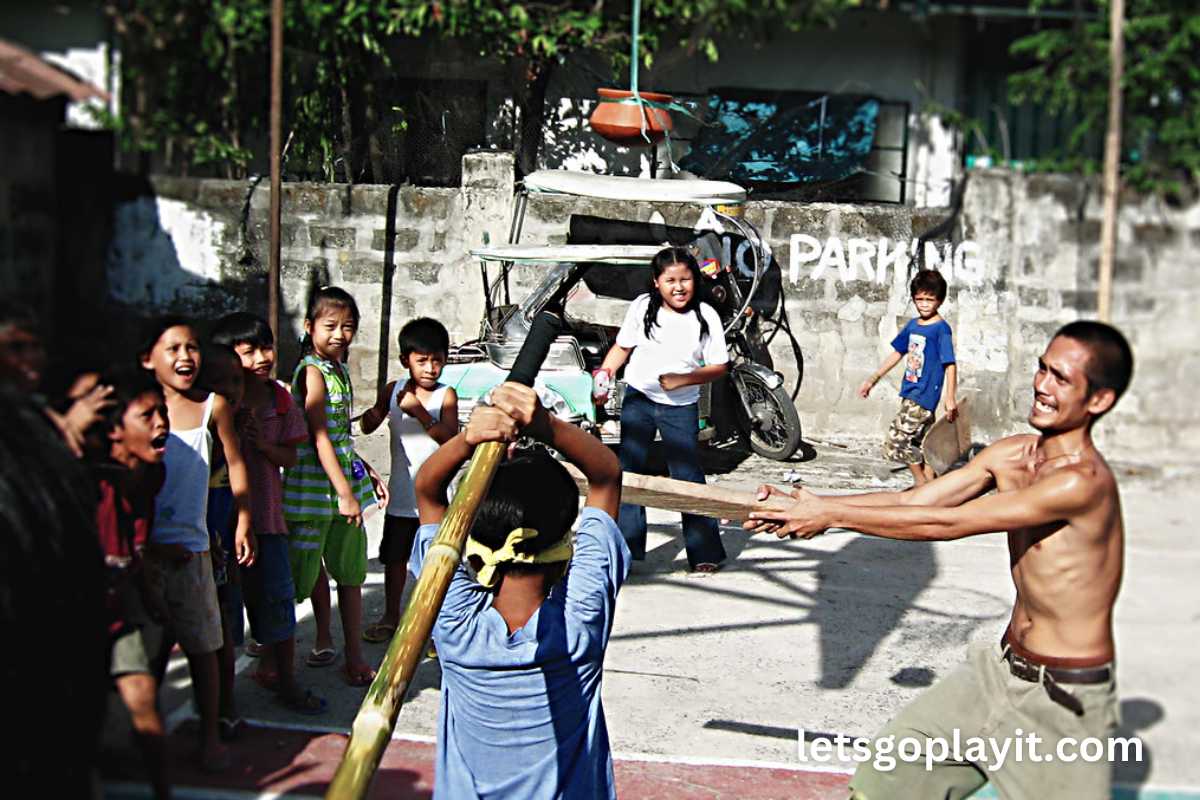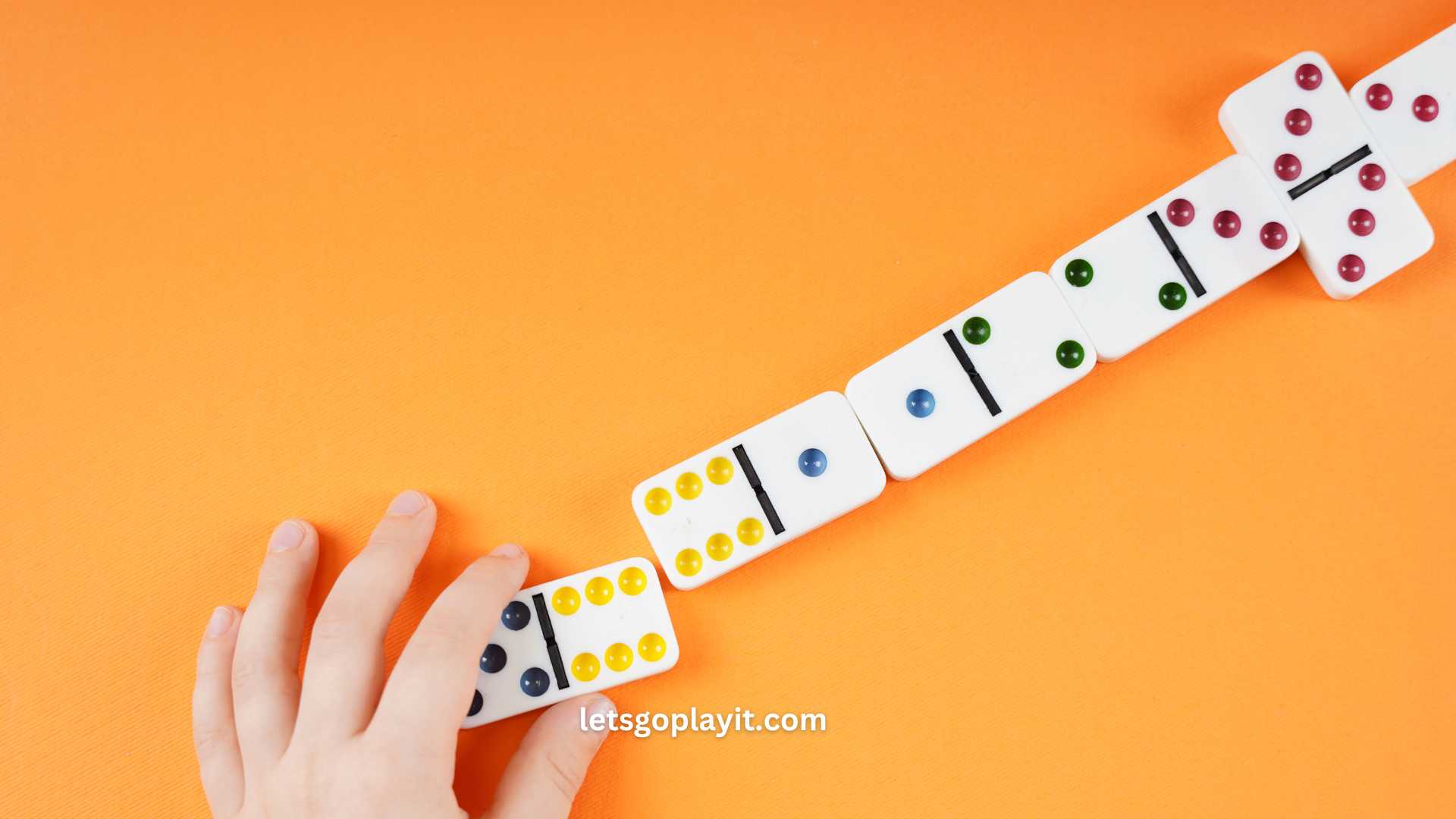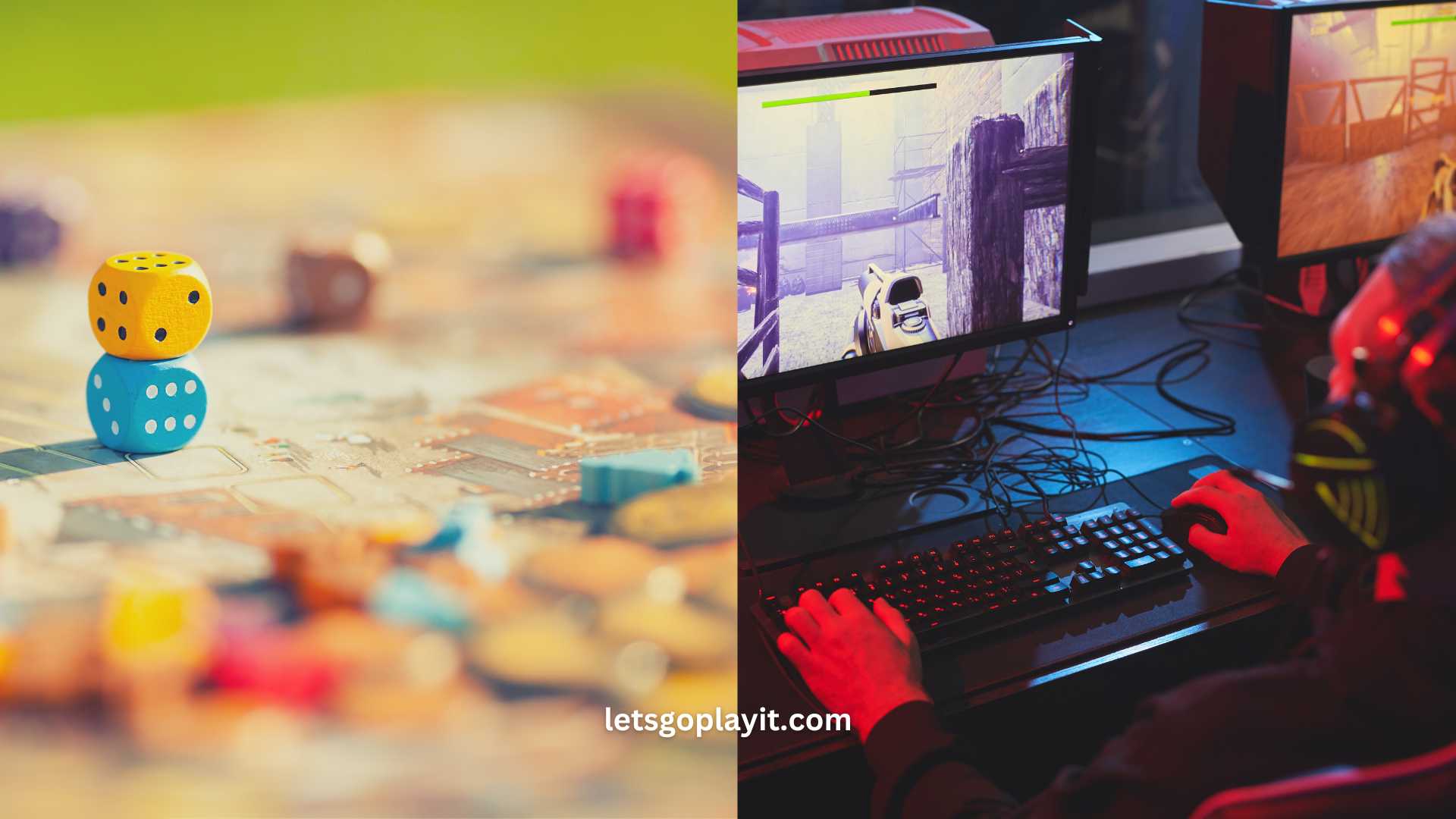I’m here to dive deep into the rich tapestry of Filipino culture through the lens of its traditional games, a journey that not only celebrates the vibrant heritage of the Philippines but also the strong sense of community and camaraderie these games foster.
As we embark on this cultural expedition, we’ll explore the significance of traditional Filipino games, their history, the joy they bring, and how they’ve shaped social bonds across generations.
The Heart of Filipino Culture: Traditional Games
In the Philippines, traditional games are more than just pastimes; they are a vibrant reflection of the country’s culture, history, and community spirit. Growing up in Pampanga, my childhood was filled with the laughter and shouts of friends playing “tumbang preso,” “patintero,” “taguan,” and “sipa.”
These games, played under the warm Philippine sun, were not just ways to pass the time; they were essential threads in the fabric of our community, weaving together bonds of friendship and camaraderie.
Tumbang Preso: A Test of Strategy and Skill
Tumbang Preso, often played with a can and slippers, is a thrilling game that pits one “it” against the rest of the players. The objective is simple yet challenging: knock down a can placed at a distance with a slipper, then retrieve the slipper before the “it” can set the can upright and tag you.
This game teaches agility, strategy, and teamwork, as players often work together to distract the “it” or devise plans to knock the can down.
Patintero: A Game of Lines and Strategy
Patintero, played on a grid drawn on the ground, involves teams of “blockers” and “runners.” The runners must navigate the grid without being tagged by the blockers, who can only move along the lines. This game, requiring strategic thinking and quick reflexes, mirrors the complexity of life’s challenges, teaching players about timing, strategy, and the importance of anticipating an opponent’s moves.
Taguan: The Filipino Hide and Seek
Taguan, the Filipino version of hide and seek, brings its own twist to this classic game. Played at dusk, the added challenge of limited visibility turns this simple game into an exhilarating adventure. It teaches players the value of stealth, observation, and the sweet victory of finding the perfect hiding spot.
Sipa: Keeping the Spirit High
Sipa, which translates to “kick,” is played by keeping a small woven ball, usually made from rattan, in the air for as long as possible using one’s foot. Sipa is not just a game of endurance and skill but also a reflection of the Filipino spirit of perseverance and grace under pressure.
The Evolution of Play: From Traditional to Modern
As we moved from the outdoor playgrounds of our youth to the digital landscapes of modern gaming, the essence of play remained unchanged. The rise of video game consoles like the Family Computer (Famicom), Sega, and early PlayStation models introduced us to a new form of entertainment. Games like “Super Mario,” “Street Fighter,” and “Sonic the Hedgehog” offered new adventures and challenges.
Yet, the core of gaming—the joy of play, the thrill of competition, and the bond of shared experiences—remained a constant bridge between the traditional and the modern.
Preserving Tradition in a Digital World
In today’s digital age, where screens often dominate leisure time, the importance of traditional Filipino games cannot be overstated. These games are not only a link to our past but also a vital tool in teaching the younger generation about teamwork, strategy, and the simple joy of play.
As a parent, I’ve found immense joy in sharing these games with my children, watching as they discover the same excitement and camaraderie that shaped my own childhood.
The Role of Games in Filipino Festivals and Gatherings
Traditional Filipino games play a central role in festivals and gatherings, serving as a highlight of celebrations like local barangay fiestas, family occasions, and school events. These games bring people together, breaking down barriers and fostering a sense of belonging and community.
They are a testament to the Filipino spirit of bayanihan, where communal efforts and unity are celebrated and cherished.
Conclusion
The games of the Philippines are more than mere pastimes; they are a celebration of culture, a testament to the enduring spirit of camaraderie, and a bridge connecting generations. As we navigate the digital age, it’s crucial to remember and preserve these traditional games, not only for their cultural value but for the lessons they teach us about life, community, and the joy of play.
Let us continue to cherish these games, passing them on to future generations, and ensuring that the rich cultural heritage of the Philippines remains alive and vibrant.




